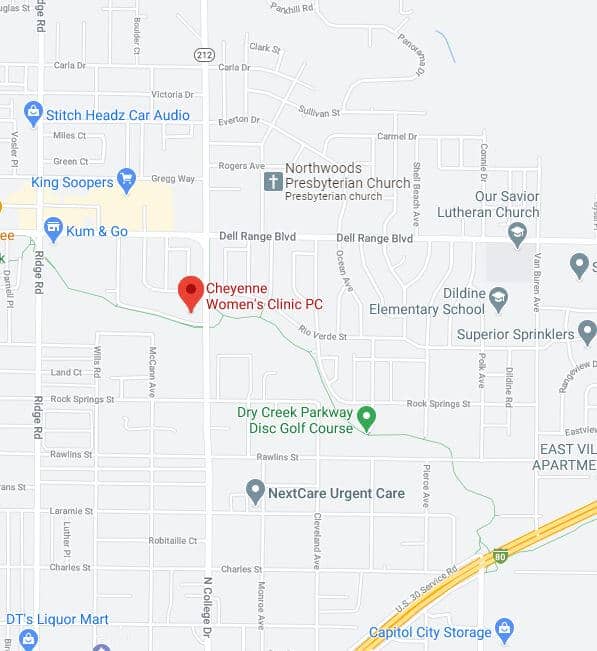A CSE block is another form of regional anesthesia. It has the benefits of a spinal block and an epidural block. A spinal block is given first to provide pain relief right away. An epidural catheter is then placed. The spinal block acts quickly to relieve pain. The epidural provides continuous pain relief.
Lower doses of medication can be used with a CSE block than with an epidural block for the same level of pain relief. It has the same side effects and risks as an epidural block.
A spinal block starts to relieve pain quickly, but it lasts for only an hour or two. A spinal block is commonly used for cesarean birth. It has the same side effects and risks as an epidural block.
Unrelieved pain during labor and delivery also has side effects, including changes in your breathing and an increase in stress hormones that can affect your baby.





